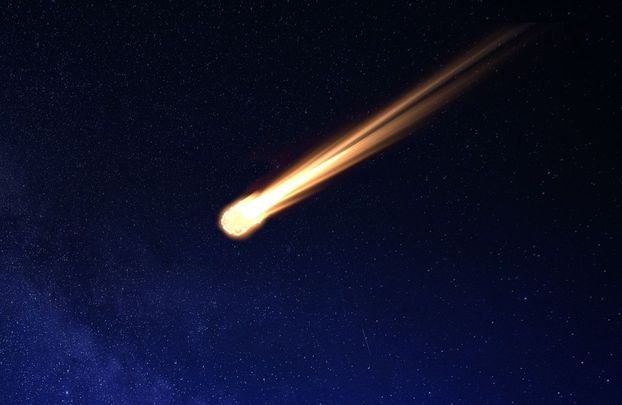Star gazers in Ireland will be treated to seeing up to three shooting stars per minute on Wednesday, December 13 and Thursday, December 14 as the Geminid meteor shower takes place.
On what is to be a moonless night with relatively good weather, experts believe it will be ideal for viewing the Geminid meteor shower.
The Geminid meteor shower is an annual event that occurs when the Earth passes through the debris field left behind by the asteroid 3200 Phaethon. This meteor shower is known for producing bright, colorful meteors and is considered one of the most reliable and active meteor showers of the year.
David Moore from Astronomy Ireland told RTE's Morning Ireland that this meteor shower will produce about 20 times more shooting stars than normal. He said "it should be a really spectacular celestial fireworks display for the whole country".
He also said that there'll be no need for any equipment as the meteor shower will be visible to the naked eye.
"If you've got telescopes or binoculars, leave them indoors. You want to see as much sky as possible, so if you can get the sun lounger or something to recline back on and fill your vision with sky, that's how you'll see the most," Moore said.
"And what we want people to do is to count them. Tell us how many they see every 15 minutes. It's as simple as that and that has real scientific value.
"That's how we know this is the best shower of the year because people have been counting it year in, year out, not scientists."
The Geminids are named after the constellation Gemini because the meteors appear to radiate from a point in the sky near the bright stars Castor and Pollux in Gemini. The peak activity usually occurs around December 13th and 14th annually, and during this time, observers in dark, rural locations away from city lights may be able to see dozens of meteors per hour.
To observe the Geminid meteor shower, find a location with minimal light pollution, give your eyes time to adjust to the darkness, and look toward the radiant point in the sky (near Gemini) during the peak hours. Keep in mind that weather conditions and the moon's phase can affect visibility, so clear skies and a moonless night are ideal for the best viewing experience.
Learn more about the Geminid meteor shower here:




Comments